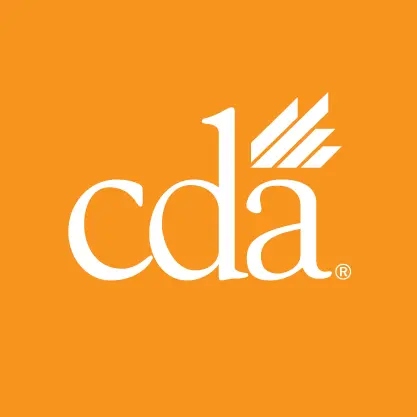If you are a dental practice owner or employer in California, you must provide your nonexempt employees a 30-minute unpaid, uninterrupted meal break for every five hours of work. If evidence shows you have not complied, the court will assume a violation unless you can prove otherwise.
That break period cannot occur at the end of the employee’s shift. Employees must be granted their break period no later than the end of the fifth hour of shifts that are five to nine hours long. Legal experts at HR for Health recommend employers confirm that their employees are clocked out by the beginning of the fifth hour of work (4 hours, 59 minutes) to ensure compliance with the law.
Providing required second meal break, consent to waive meal break
If the employee is working a shift of 10 or more hours, they must be granted a second meal period. This rule ensures all employees are working under fair conditions.
California law allows employees to waive their meal break if they are scheduled to work six or fewer hours and the employer and employee mutually consent to the waiver. Protect your practice by making sure the employee completes a waiver each time they waive their meal break. If the employee would like to waive their break every day, consider making the waiver a weekly event with each requested day specifically called out.
Calculating rest breaks per hours worked
Rest breaks are calculated separately from meal breaks. Your nonexempt employees are entitled to a 10-minute paid and uninterrupted rest period for every four hours that they work. Since the rest break time is paid, the employee does not need to clock out. However, employers may want to consider having their timekeeping records reflect that the rest break was provided.
What does that mean in practice? If your employee’s workday is:
- Less than 3.5 hours: rest break is not required.
- 5-6 hours: one 10-minute paid rest period is required.
- 6-10 hours: two 10-minute paid rest periods are required.
- 10-12 hours: three 10-minute rest breaks are required.
Noncompliance with meal and rest break law invites fines and lawsuits
Employers who do not comply with California meal break law are in danger of incurring a non-compliance penalty. A missed meal or rest break will result in a penalty of one extra hour of pay for the employee for each missed break. This can result in up to two hours of penalty pay each day — one for the missed meal break or one for either of the two missed rest breaks (maximum of two penalties per day).
More simply, if you are not providing the required rest breaks or sufficiently notifying your employees about them, you are putting yourself and the practice at risk for fines and lawsuits.
Keeping track of California’s meal and rest break laws can be challenging. Critically, dental practice owners and managers must communicate clearly with their employees about meal and rest breaks. This means educating them about when and how they can take their breaks, how to report if they are prevented from taking a meal or rest break and provide them with the necessary resources and support.
Improve accuracy and protect the practice with scheduling software
Because manual data entry is error-prone and slow to update, consider using software, such as the Employee Scheduler software from HR for Health that includes scheduling functionality with California meal and rest laws that are written into the software.
At the most basic level, employee scheduling software connects the practice’s clock and calendar, automating the daily clock-in process to improve accuracy and cut down on fraud.
Software with automated compliance features should notify you and your employees about the required meal and rest periods and ensure employees take them in accordance with California law. Software removes human errors of distraction and creates a legally useful “paper trail” or documentation.
Software like the Employee Scheduler can also include many other helpful features along with basic scheduling. Automated reports, trend analysis and notifications about scheduling gaps can increase productivity, performance and retention.
CDA endorses HR for Health as an HR software solution for dental practices. The Employee Scheduler covers meal and rest break compliance, and the full platform covers a lot more. If you would like to learn more about how the Employee Scheduler could work for your dental practice, schedule a call and a demonstration with HR for Health.

